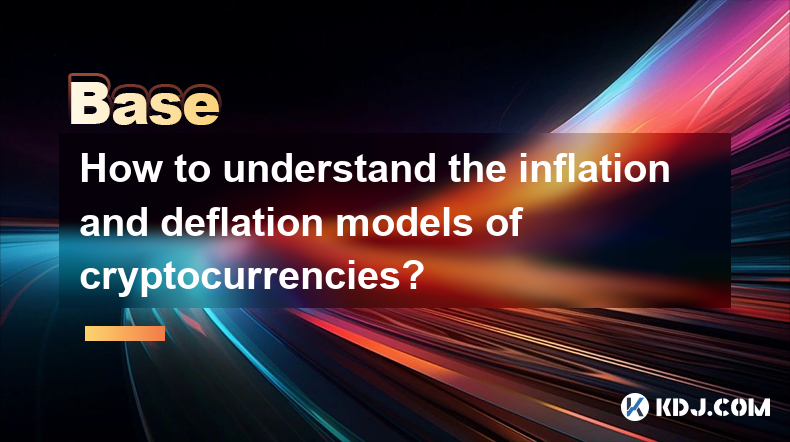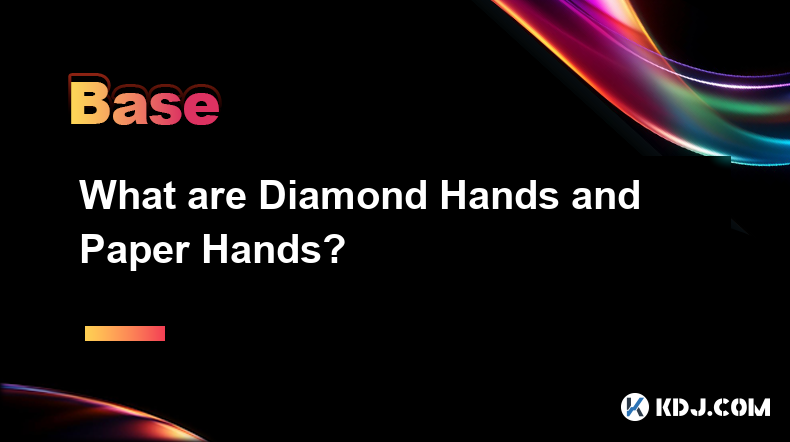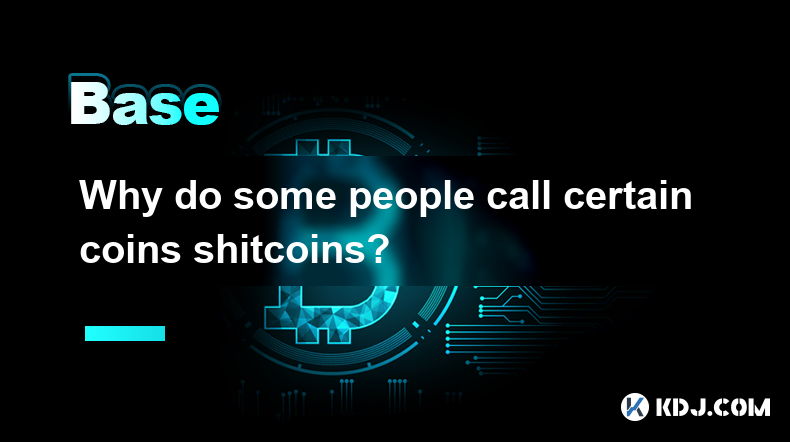-
 Bitcoin
Bitcoin $84,367.7234
1.25% -
 Ethereum
Ethereum $1,600.1723
1.83% -
 Tether USDt
Tether USDt $0.9998
0.00% -
 XRP
XRP $2.0964
1.79% -
 BNB
BNB $582.2457
0.34% -
 Solana
Solana $133.1948
6.30% -
 USDC
USDC $1.0000
0.00% -
 Dogecoin
Dogecoin $0.1569
2.16% -
 TRON
TRON $0.2449
-2.83% -
 Cardano
Cardano $0.6186
2.17% -
 UNUS SED LEO
UNUS SED LEO $9.4458
0.78% -
 Chainlink
Chainlink $12.5745
2.94% -
 Avalanche
Avalanche $19.2746
2.70% -
 Toncoin
Toncoin $2.9610
3.97% -
 Stellar
Stellar $0.2387
2.17% -
 Shiba Inu
Shiba Inu $0.0...01198
3.08% -
 Sui
Sui $2.0974
0.75% -
 Hedera
Hedera $0.1592
1.60% -
 Bitcoin Cash
Bitcoin Cash $335.3208
4.54% -
 Litecoin
Litecoin $75.1855
-0.65% -
 Polkadot
Polkadot $3.6127
2.24% -
 Hyperliquid
Hyperliquid $16.1266
8.37% -
 Dai
Dai $1.0001
0.02% -
 Bitget Token
Bitget Token $4.3594
4.35% -
 Ethena USDe
Ethena USDe $0.9992
0.01% -
 Pi
Pi $0.6125
0.37% -
 Monero
Monero $219.0095
-0.11% -
 Uniswap
Uniswap $5.2454
1.81% -
 OKB
OKB $51.1779
-2.16% -
 Pepe
Pepe $0.0...07259
3.16%
How to understand the inflation and deflation models of cryptocurrencies?
Understanding crypto inflation and deflation models is key for investors; they impact value and supply, with Bitcoin and Ethereum as prime examples of each model's effects.
Apr 11, 2025 at 10:07 pm

Understanding the inflation and deflation models of cryptocurrencies is crucial for anyone looking to invest or simply understand the dynamics of these digital assets. Cryptocurrencies can operate under either an inflationary or deflationary model, each with its own set of rules and implications for value and supply. This article delves into the mechanisms behind these models, their effects on the market, and how they influence the overall economy of a cryptocurrency.
What is Inflation in Cryptocurrencies?
Inflation in the context of cryptocurrencies refers to an increase in the total supply of the currency over time. This can be achieved through various mechanisms, such as block rewards or staking rewards. For example, Bitcoin has a built-in inflation mechanism where miners are rewarded with new bitcoins for solving complex mathematical problems. Initially, Bitcoin's inflation rate was high, but it is designed to decrease over time until it reaches a maximum supply of 21 million bitcoins.
Inflation can help incentivize participation in the network, as it rewards users for contributing to the security and operation of the blockchain. However, if the rate of inflation is too high, it can lead to a devaluation of the currency, as the increased supply may outpace demand. This is why many cryptocurrencies with inflationary models have a capped supply or a decreasing rate of inflation over time.
What is Deflation in Cryptocurrencies?
On the other hand, deflation in cryptocurrencies refers to a decrease in the total supply of the currency over time. This can be achieved through mechanisms such as token burning, where a portion of the currency is permanently removed from circulation. Ethereum, for example, has implemented token burning mechanisms to reduce its supply and potentially increase its value.
Deflation can lead to an increase in the value of the currency, as a decrease in supply can drive up demand. However, if the deflation rate is too high, it can lead to a situation where users hoard the currency rather than spend it, which can stifle economic activity within the network. This is why many deflationary cryptocurrencies have mechanisms to encourage spending and circulation.
How Do Inflation and Deflation Affect Cryptocurrency Value?
The impact of inflation and deflation on the value of a cryptocurrency is a complex interplay of supply and demand. In an inflationary model, the increasing supply can lead to a decrease in value if the demand does not keep pace. Conversely, in a deflationary model, the decreasing supply can lead to an increase in value if the demand remains strong.
For example, Bitcoin's inflation rate is designed to halve approximately every four years, which can lead to a decrease in the rate of new supply entering the market. This, combined with increasing demand, has historically led to significant price increases. On the other hand, Ethereum's move to a proof-of-stake model and the implementation of token burning can potentially lead to a deflationary effect, increasing its value if demand remains strong.
Examples of Inflationary Cryptocurrencies
Several cryptocurrencies operate under an inflationary model. Bitcoin, as mentioned earlier, has a decreasing inflation rate but is still inflationary until it reaches its maximum supply. Dogecoin is another example, with no maximum supply and a fixed block reward, leading to a constant increase in its total supply.
Inflationary cryptocurrencies often rely on the continuous issuance of new tokens to incentivize participation in the network. This can be beneficial for maintaining network security and encouraging adoption, but it can also lead to concerns about long-term value if the inflation rate is not managed carefully.
Examples of Deflationary Cryptocurrencies
Deflationary cryptocurrencies aim to reduce their total supply over time. Binance Coin (BNB) is an example, with a portion of its supply being burned quarterly based on the trading volume on the Binance exchange. Stellar (XLM) also has a deflationary mechanism, with a portion of its supply being burned through transaction fees.
Deflationary models can be attractive to investors looking for assets that may increase in value over time due to a decreasing supply. However, they also come with risks, such as the potential for reduced liquidity and economic activity within the network if users hoard the currency.
How to Evaluate the Inflation and Deflation Models of a Cryptocurrency
When evaluating the inflation and deflation models of a cryptocurrency, it is important to consider several factors. First, look at the total supply and the mechanism for increasing or decreasing it. For example, does the cryptocurrency have a maximum supply, and if so, how is it managed?
Next, consider the rate of inflation or deflation. Is it fixed, or does it change over time? How does it compare to the demand for the cryptocurrency? A high rate of inflation may be concerning if it outpaces demand, while a high rate of deflation may lead to hoarding and reduced economic activity.
Finally, look at the incentives provided by the model. Does the inflationary model incentivize participation in the network, and does the deflationary model encourage spending and circulation? Understanding these incentives can help you gauge the long-term sustainability and potential value of the cryptocurrency.
Practical Steps to Analyze a Cryptocurrency's Inflation and Deflation Model
To analyze a cryptocurrency's inflation and deflation model, follow these practical steps:
- Research the total supply: Understand the current total supply of the cryptocurrency and whether there is a maximum supply.
- Examine the issuance mechanism: Look at how new tokens are issued or existing tokens are burned. Is it through mining, staking, or other mechanisms?
- Analyze the inflation or deflation rate: Calculate the current rate of inflation or deflation and how it is expected to change over time.
- Evaluate the incentives: Consider how the model incentivizes participation and spending within the network.
- Compare to demand: Assess the current and projected demand for the cryptocurrency and how it aligns with the supply dynamics.
By following these steps, you can gain a comprehensive understanding of a cryptocurrency's inflation and deflation model and make more informed investment decisions.
Frequently Asked Questions
Q: Can a cryptocurrency switch from an inflationary to a deflationary model?
A: Yes, a cryptocurrency can switch from an inflationary to a deflationary model through changes in its protocol. For example, Ethereum's transition to proof-of-stake and the implementation of token burning mechanisms have moved it towards a more deflationary model. However, such changes require community consensus and can be complex to implement.
Q: How do inflation and deflation models affect the security of a cryptocurrency?
A: Inflation models often incentivize participation in the network, such as through mining or staking rewards, which can enhance security by increasing the number of nodes and validators. Deflation models, on the other hand, may lead to reduced participation if users hoard the currency, potentially impacting security. However, well-designed deflationary models can still maintain robust security through other incentives.
Q: Are there cryptocurrencies that combine both inflationary and deflationary elements?
A: Yes, some cryptocurrencies combine both inflationary and deflationary elements. For example, a cryptocurrency might have a fixed inflation rate but also implement token burning to reduce its supply over time. This hybrid approach can balance the benefits of both models, incentivizing participation while also potentially increasing value through a decreasing supply.
Q: How do inflation and deflation models impact the adoption of a cryptocurrency?
A: Inflation models can encourage adoption by providing rewards for participation, making the cryptocurrency more attractive to users and developers. Deflation models can also drive adoption if the potential for value increase is appealing to investors. However, if the deflation rate is too high, it may discourage spending and circulation, potentially hindering adoption. The key is finding a balance that encourages both participation and economic activity within the network.
Disclaimer:info@kdj.com
The information provided is not trading advice. kdj.com does not assume any responsibility for any investments made based on the information provided in this article. Cryptocurrencies are highly volatile and it is highly recommended that you invest with caution after thorough research!
If you believe that the content used on this website infringes your copyright, please contact us immediately (info@kdj.com) and we will delete it promptly.
- Solana (SOL) Just Scored a Major Win in Canada, Opening the Doors to Institutional Adoption
- 2025-04-17 14:15:14
- 3 Crypto Projects Poised to Explode in 2025
- 2025-04-17 14:15:14
- The net issue for new housing loans continues to grow in the euro zone
- 2025-04-17 14:10:13
- Footprint Analytics Partners with AI Flow to Revolutionize Web3 Data Analytics
- 2025-04-17 14:10:13
- The anticipated price highlight of Solana blockchain reaching $400 by 2025 increases market talk
- 2025-04-17 14:05:13
- Introducing LaunchLab, Raydium's all-in-one token launchpad.
- 2025-04-17 14:05:13
Related knowledge

What does Floor Price mean in the NFT market
Apr 17,2025 at 12:42am
The term Floor Price is a critical concept within the NFT (Non-Fungible Token) market, serving as a key indicator for both buyers and sellers. In essence, the floor price represents the lowest price at which an NFT from a particular collection is currently listed for sale on a marketplace. This price point is crucial for understanding the perceived valu...

What is Alpha? How to find Alpha opportunities?
Apr 16,2025 at 12:42pm
What is Alpha?Alpha is a term widely used in the financial world, including the cryptocurrency market, to describe the ability of an investment to outperform a benchmark. In the context of cryptocurrencies, alpha refers to the excess return an investor achieves over the market's average return. For example, if the overall crypto market grows by 10% in a...

Why do cryptocurrency enthusiasts like to say GM?
Apr 16,2025 at 06:21am
In the world of cryptocurrency, the term 'GM' has become a popular greeting among enthusiasts. GM stands for 'Good Morning,' and its widespread use within the crypto community has a deeper significance than just a simple greeting. This article delves into the reasons why cryptocurrency enthusiasts like to say GM, exploring its origins, cultural signific...

What do WAGMI and NGMI mean?
Apr 16,2025 at 08:08pm
In the world of cryptocurrency, you might often come across the acronyms WAGMI and NGMI. These terms have become part of the crypto slang and are frequently used in discussions, tweets, and forums related to digital currencies. Let's delve into what these terms mean, their origins, and how they are used within the crypto community. Understanding WAGMIWA...

What are Diamond Hands and Paper Hands?
Apr 16,2025 at 10:42am
In the world of cryptocurrencies, the terms Diamond Hands and Paper Hands are frequently used to describe the behavior and mindset of investors, particularly in volatile markets. These terms originated from online communities and have become a significant part of the crypto lexicon, often used to describe the level of resilience and commitment an invest...

Why do some people call certain coins shitcoins?
Apr 17,2025 at 03:21am
Understanding the Term 'Shitcoin'The term 'shitcoin' is a colloquialism within the cryptocurrency community that is used to describe cryptocurrencies that are perceived as having little to no value or potential. It is a derogatory term, often used to express disdain or skepticism about the viability of certain digital assets. The use of 'shitcoin' is su...

What does Floor Price mean in the NFT market
Apr 17,2025 at 12:42am
The term Floor Price is a critical concept within the NFT (Non-Fungible Token) market, serving as a key indicator for both buyers and sellers. In essence, the floor price represents the lowest price at which an NFT from a particular collection is currently listed for sale on a marketplace. This price point is crucial for understanding the perceived valu...

What is Alpha? How to find Alpha opportunities?
Apr 16,2025 at 12:42pm
What is Alpha?Alpha is a term widely used in the financial world, including the cryptocurrency market, to describe the ability of an investment to outperform a benchmark. In the context of cryptocurrencies, alpha refers to the excess return an investor achieves over the market's average return. For example, if the overall crypto market grows by 10% in a...

Why do cryptocurrency enthusiasts like to say GM?
Apr 16,2025 at 06:21am
In the world of cryptocurrency, the term 'GM' has become a popular greeting among enthusiasts. GM stands for 'Good Morning,' and its widespread use within the crypto community has a deeper significance than just a simple greeting. This article delves into the reasons why cryptocurrency enthusiasts like to say GM, exploring its origins, cultural signific...

What do WAGMI and NGMI mean?
Apr 16,2025 at 08:08pm
In the world of cryptocurrency, you might often come across the acronyms WAGMI and NGMI. These terms have become part of the crypto slang and are frequently used in discussions, tweets, and forums related to digital currencies. Let's delve into what these terms mean, their origins, and how they are used within the crypto community. Understanding WAGMIWA...

What are Diamond Hands and Paper Hands?
Apr 16,2025 at 10:42am
In the world of cryptocurrencies, the terms Diamond Hands and Paper Hands are frequently used to describe the behavior and mindset of investors, particularly in volatile markets. These terms originated from online communities and have become a significant part of the crypto lexicon, often used to describe the level of resilience and commitment an invest...

Why do some people call certain coins shitcoins?
Apr 17,2025 at 03:21am
Understanding the Term 'Shitcoin'The term 'shitcoin' is a colloquialism within the cryptocurrency community that is used to describe cryptocurrencies that are perceived as having little to no value or potential. It is a derogatory term, often used to express disdain or skepticism about the viability of certain digital assets. The use of 'shitcoin' is su...
See all articles























































































